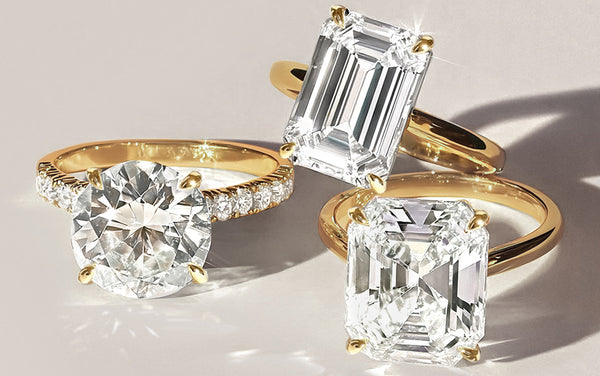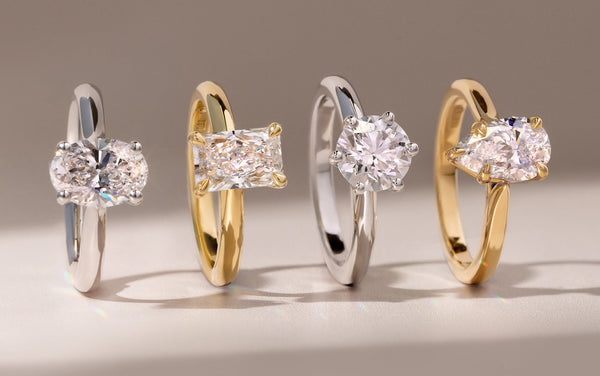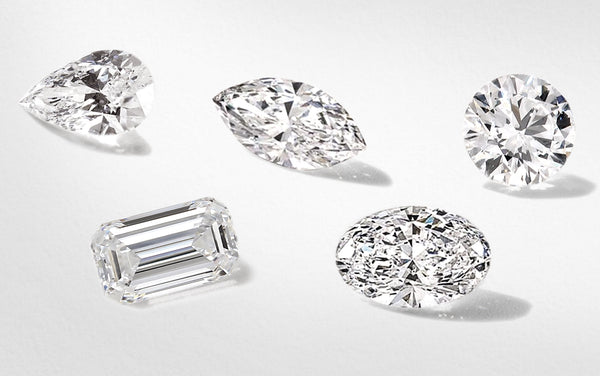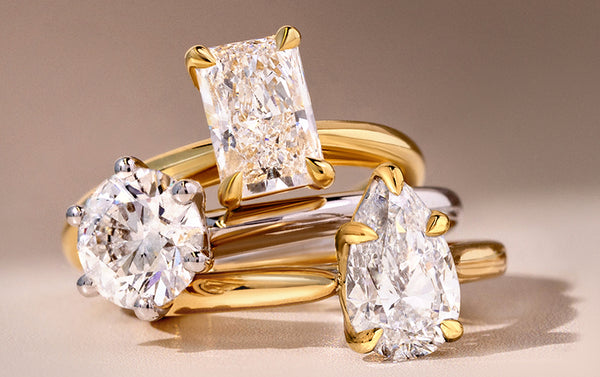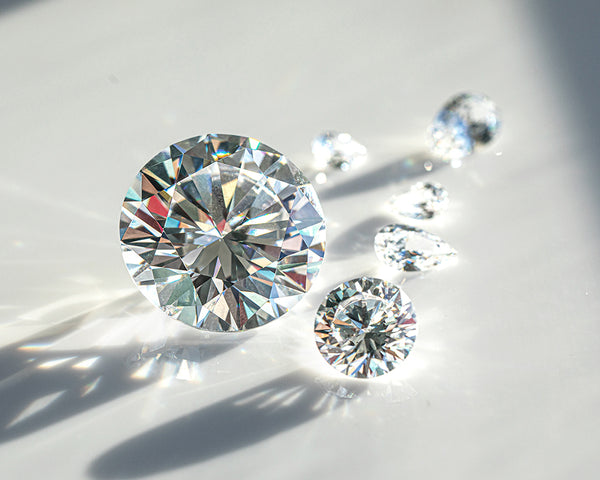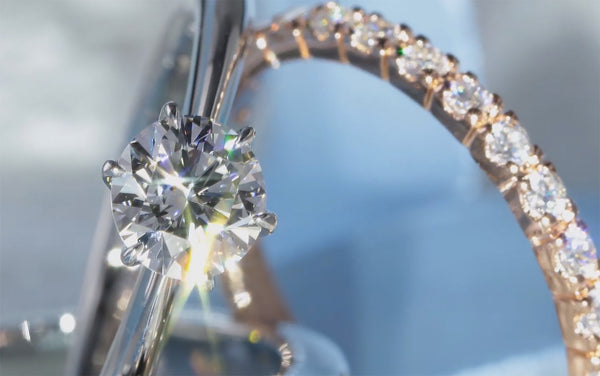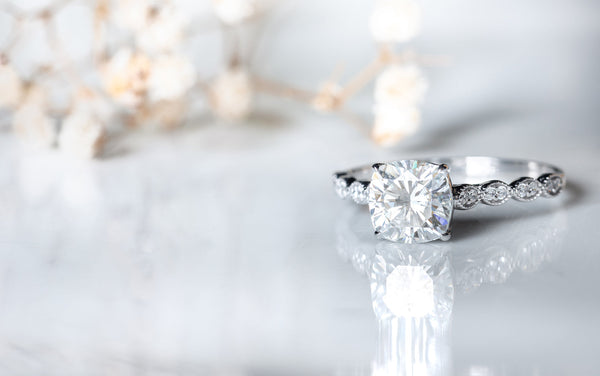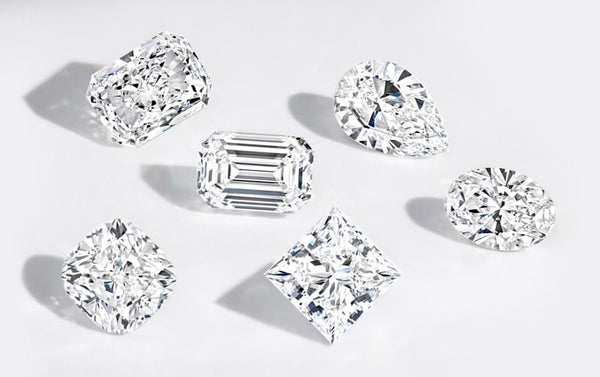How Are Diamonds Cut?
Cutting a diamond combines artistry and technical science. Once a rough diamond is mined or grown in a lab, skilled diamond cutters analyze the stone’s natural structure to determine the best way to maximize beauty, brilliance, and carat weight of the diamond. This process involves mapping the internal features of the rough stone, identifying inclusions, and deciding which shape and cut will yield the best result.
The diamond is then cleaved or sawed into smaller pieces before the polishing begins. Each facet is cut using either advanced tools or the newest techniques. In some cases, lasers were utilized to do all of the cutting, where the polisher marked the score lines when cutting. The ultimate goal? To create a diamond that reflects and refracts light beautifully from every angle.
A masterfully cut diamond isn’t just visually stunning—it’s a reflection of craftsmanship, expertise, and deep understanding of light behavior.







